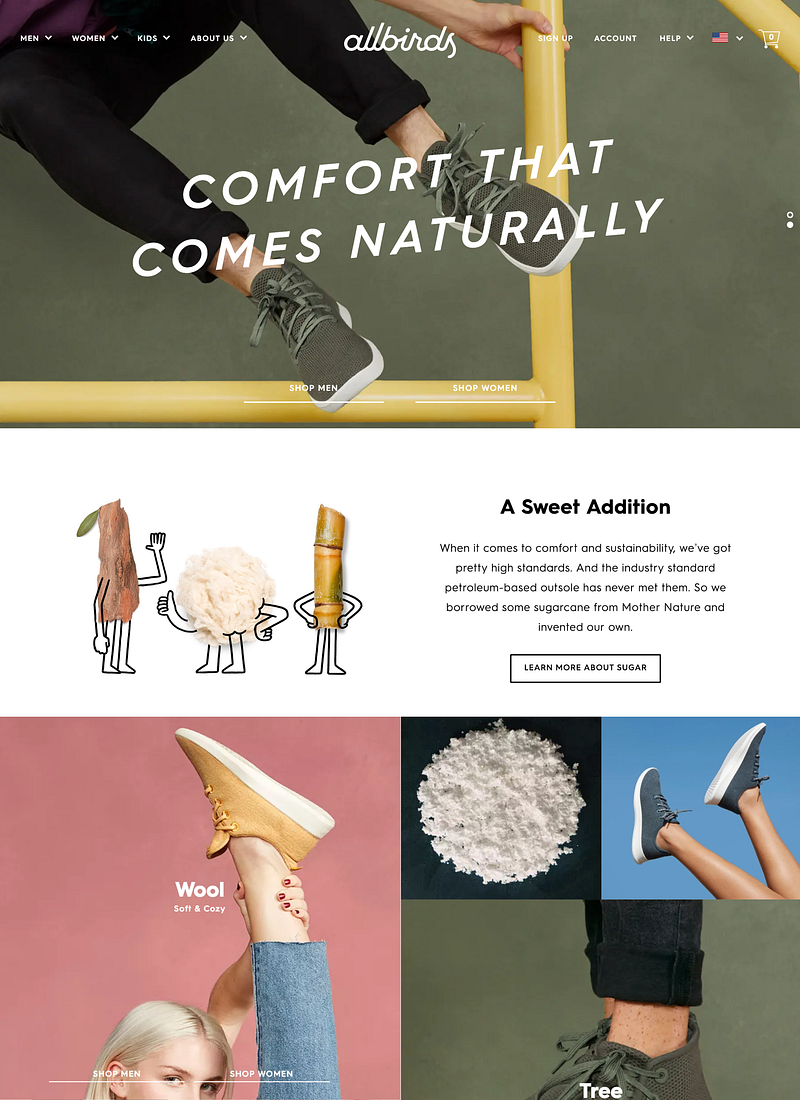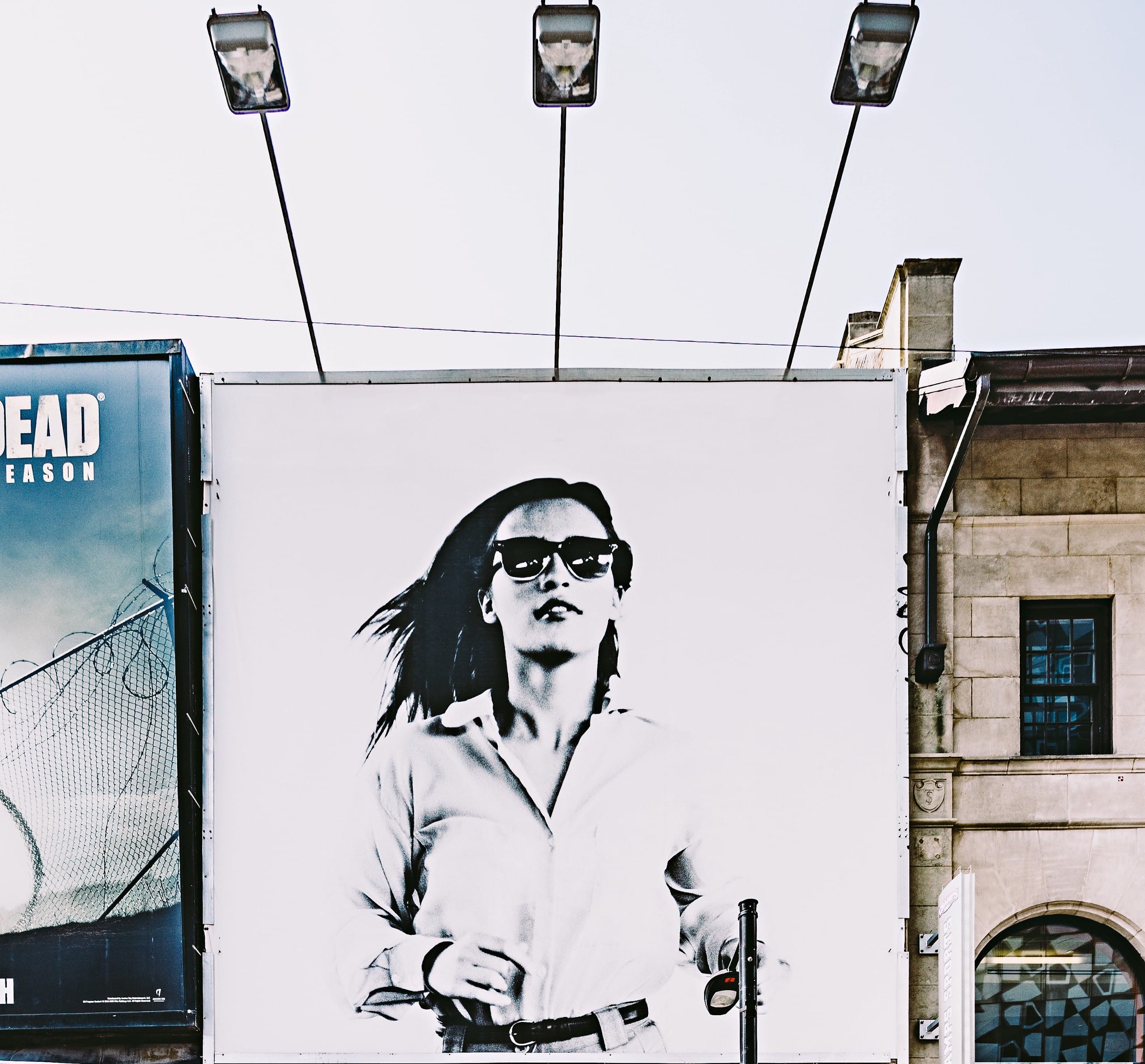Time to rethink what you’re selling.
We’re living in a time when every brand is rethinking who they are and what they stand for.
That’s because at some point during the Apple revolution, consumers stopped buying products. They stopped buying specs like more horsepower in their cars or greater color options for their shoes. They stopped buying features like cheaper price for electronics or faster delivery of their food.
And at some point, they even started migrating away from benefits like productivity by way of their note taking apps, or the confidence that comes with a whiter smile, or anything that stopped at being aspirational.
What people started buying instead was beliefs, and nearly every new disruptor out there is banking on that insight.
Belief is the new benefit. Users are buying not the product, but rather the larger belief that makes that product necessary.
And for all of you that think you sell more ‘practical’ products immune to this new branding frontier, like toothpaste or moving services or mortgages, I guarantee there is someone plotting to steal your market with a belief, right now.
Yes, even if you sell toothpaste, a brand like Twice is here to eat your lunch.

The Twice story has philanthropy and social good, safe ingredients and even Lenny Kravitz.
But what Twice is really about is turning toothpaste into something much greater. If grooming is now about self-care and wellness, then Twice is about a mood… or rather, elevating your mood to reach that pinnacle of wellness we strive for in every other part of our lives.
Twice embodies the belief that our most intimate rituals are sacred.
It’s a young, newly launched company that still has room to grow on the branding side, but they’re smart enough to know that they’re not here to sell you a product.
They’re here to sell you a new belief you didn’t know you held before.
After all, why shouldn’t we have different toothpastes for day and night, to serve two very different needs? Why shouldn’t we take care of our smiles and bodies and mental states the way we deserve?
Why shouldn’t brushing our teeth — something that marks both the beginning and end of the day, something that prepares us to both fight and to rest, something that signals self respect just as much as it does societal norms and taboos — be treated like a sacred ritual?
Twice goes deeper, like so many other brands I have written about over the years. When you go deeper, you reveal a much richer way to tell your story and capture your audience.
Going deeper transcends nagging consumer concerns like cost or convenience, and lets you play outside of the confines of product.
Your deeper brand is the one that sells a belief. The product is secondary. It’s the belief that people want to consume.
What is a belief?
Many CEOs and and brand executives mistake beliefs for causes.
Let me be clear that causes are not beliefs. They are also not defensible brand strategies. These kinds of causes can certainly serve you in the short term and help align the brand today, but they will not motivate beyond a core group of users in the long term:
- Charity
- Gender equality
- Product safety, anything “natural” or “free of X”
- Climate change
- Fighting against the system/ any system
- Resources for the underserved
- Philanthropy
Sustainability, too, is an identity driver that helps us align with a company as a consumer, but it is not a belief that will build a brand.
If you look at a company like Allbirds, it can be tempting to say that their commitment to sustainability, their craftsmanship and promise of ultimate comfort… that all of these things are the immovable pillars of a strong brand.

But that’s not what Allbirds is really selling to the Bay Area VCs, New York lawyers, big city executives, west coast entrepreneurs and greater members of the gig economy that love them.
What Allbirds is selling is the belief and romance of Silicon Valley. They are selling all of the grit, determination, exceptionalism, autonomy and glory that the Silicon Valley myth holds within it.
This is a belief about upgrading yourself to a higher professional level, and Allbirds is the gear that will get you there.
You can see signals of this belief in their genesis. Allbirds, much like a tech-driven design experiment, were designed by the founders to be “the simplest sneaker we could imagine.”
After launching on Kickstarter, they were funded by a stable of name brand investors, their flagship NYC store is nestled among other D2C startup darlings like Casper and Everlane, and journalists and writers continue to say things like “Allbirds might be the closest the world of everyday fashion has come to embracing this ideal of optimized efficiency” or Allbirds are like “an algorithm on my feet.”
Take a look at their interviews and the press they have in business outlets like The Wall Street Journal, CNN, BusinessInsider and TIME. These are all signals sending the same message.
This is not a shoe or a comfort statement. It’s equipment for personal optimization.
If you look at the signals surrounding the brand, you come to understand that wearing Allbirds is like placing yourself within that greater Silicon Valley story.
Pay attention to how they don’t hide the fact that Silicon Valley’s elite is where this whole brand started. Notice how these shoes are part of the VC uniform that also includes Patagonia vests, button down shirts and S’Well bottles — an anecdote that is played up in nearly every mention of the brand.
Whether the brand was consciously seeded in the Silicon Valley scene, or was merely co-opted by its inhabitants, is unclear. But that’s not the only place where we can gather the brand belief that has emerged.
Look at the very people that make up their core audience. These are people who may not have careers in tech or have founded a startup, but work in adjacent industries where such a move might be a very alluring dream. Those same lawyers, creatives, executives, entrepreneurs and gig economy members resonate very strongly with the Silicon Valley belief of autonomy and personal success. Merino wool and the “the world’s most comfortable” design are merely the features to back it up.
A belief, unlike a cause, is a guidebook for understanding the world.
When you buy a belief, you are buying the whole universe of values, codes of conduct and rules that go along with it. That’s more than any benefit could ever do.
Beliefs are more powerful than benefits because they lock in a behavior. A brand led by belief informs your user’s mental model, not just their preferences.
Allbirds aren’t just comfortable shoes. They are a belief about who you are becoming, and inform your ideas about personal potential, drive and perhaps even destiny.
That may sound crazy, but it’s there in the brand. There are other options for eco and ethical footwear that also deliver comfort, but none of them deliver the magic that people really want to buy.
Centers of meaning.
Hospitals are becoming supermarkets. Supermarkets are becoming bars and restaurants. Bars and restaurants are becoming workspaces.
Like I said at the top of this discussion, every brand is rethinking who they are and what they stand for. They are rethinking their centers of meaning.

These companies have started to ask themselves who they are in a user’s life, what role they play and what they are actually offering.
When they did that, they realized they were not selling goods and services. They were selling much larger beliefs that touched on peoples’ lives in many more areas than previously thought.
When a healthcare company like ProMedica opens up a grocery store so that their doctors can prescribe both medicine and food to the patient, it’s because they understand their role as a guardian of health, not merely a hospital.
The same mechanics are at play when Whole Foods creates gathering spaces around in-store bars, or Spacious turns restaurants into co-working spaces during off peak hours. They looked at where they created meaning in a user’s life, not what they created as a product, and that is where they built their brands.
But what is most important here is the brave steps they took in having the brand strategy and belief direct the business strategy. They boldly started with the belief and meaning first, and then looked at the business. Most companies do it the other way around.
Yes, when you take an honest look at the centers of meaning that you are creating for your users and the beliefs that surround them, you will find that your business model may change.
You can decide to take the leap or play in your current comfort zone, but be assured that no one is safe from this tectonic shift. Not even major brands like Mastercard.
Apple, Nike, Target — these are all major brands with logos that omit the name. Starbucks dropped the word “coffee” from their logo a long time ago, and now that Mastercard (perhaps a less fervently admired consumer brand) has followed suit, it’s worth understanding why.
For Mastercard, the word “card” referred to a bygone relic of finance that no longer mattered. It tethered them to an archaic past.
The future of money is digital and Mastercard had to not only reassess the role it played in people’s metaphorical wallets, but how they could create meaning around money in general.
That meaning no longer revolved around a piece of plastic.
Dunkin’ has deleted the Donuts from its name because the product is incredibly limiting (especially in foreign markets where they have struggled) and because the product is no longer the brand.
Weight Watchers, which is now simply WW, has realized that they live in the sphere of wellness, not specifically weight management. That has caused them to revamp everything from the sourcing of their ingredients to the packaging of the program itself.
What we’re really left with in all of these cases is logos without names. Core images and icons.
It makes perfect sense: images and icons are the most primal ways to convey a belief.
You can see Jesus written in the sand, but you will feel the image of that cross on a hill. You can read a danger warning on a dumpster, but nothing strikes fear in your heart like a the spiky swirls of a biohazard symbol.
Logos, name changes, new business verticals, subtext… they all point toward the larger movement that’s happening in branding right now. We’re in the next phase of how consumers and companies come to interact with one another.
When you truly hit on a resonant belief for your audience, the product and everything else around it falls away. That’s not to say that the product and every other part of the user experience don’t matter.
It’s to say that they are there to support the belief that holds them.
Understand your place in the user’s life.
This is the time to rethink what you’re actually selling. Your product and its features and benefits may have been the start, but they shouldn’t be the end of your brand journey.
For many founders, the belief is already there. They just have to stretch themselves to unearth it. Chances are you started your business because you had an important belief about the world or the future, but didn’t consciously realize it.
For others, they may have started with a product gap in the marketplace, but that doesn’t mean there isn’t a belief to be found. Consumer rush in to fill those gaps when they are given the opportunity because they have tapped into a larger, silent belief that hasn’t been articulated yet. Look at your user to see what it is.
Branding never stops.
Honor your work as a company by giving it the context most likely to matter to the user. Give people the meaning that will make them understand why you exist in the first place.




